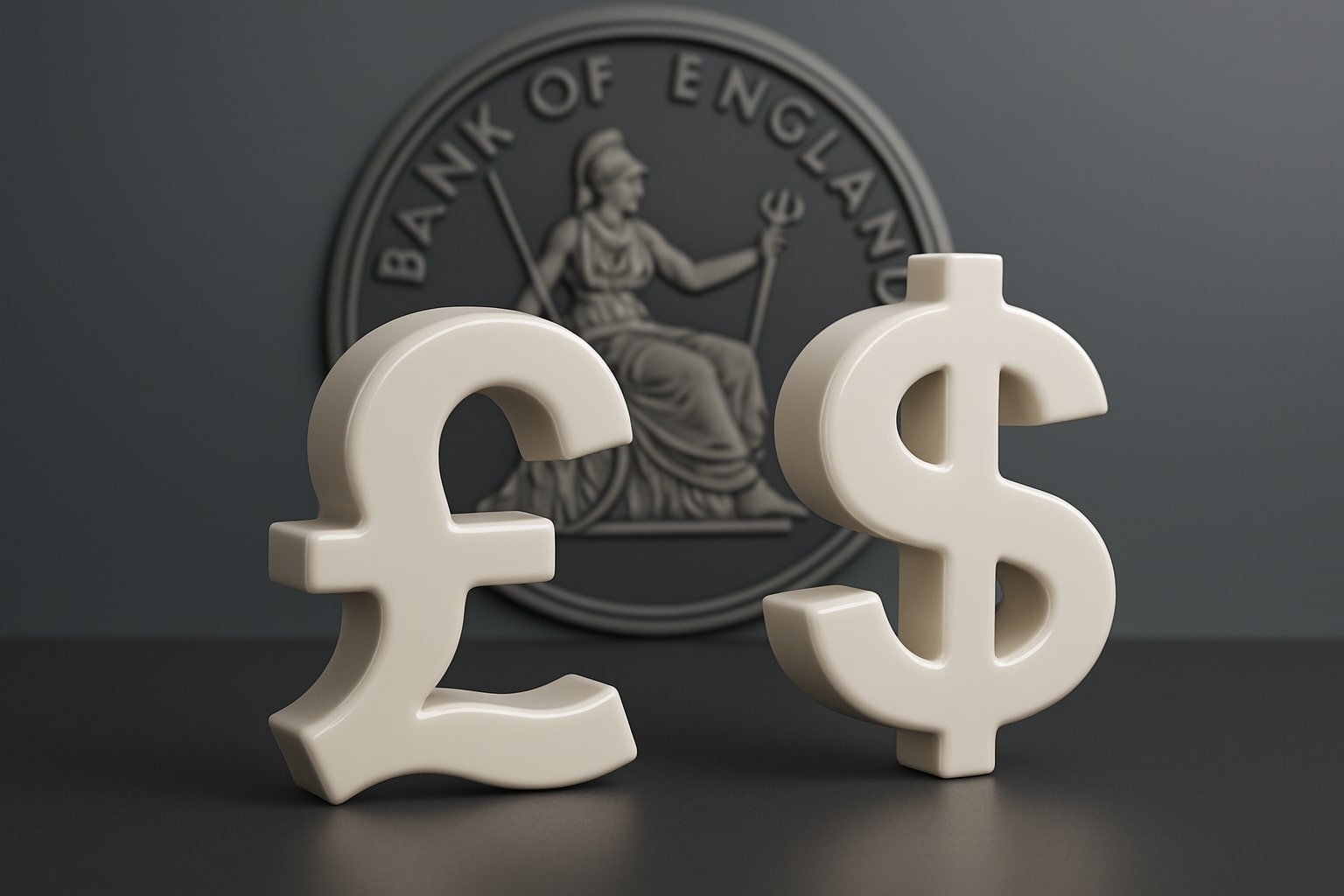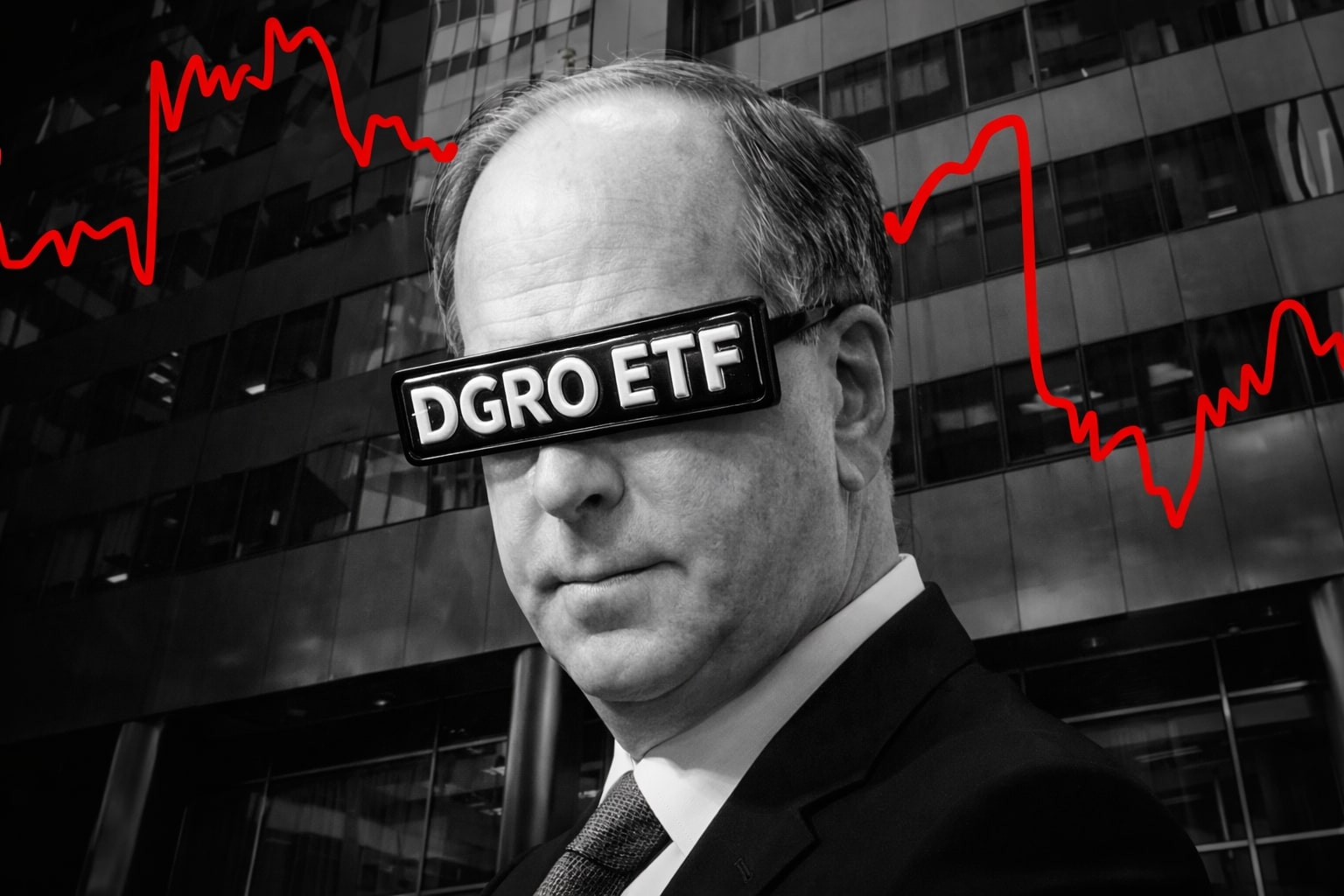GBP/USD Stabilizes Near 1.3340 On The Eve Of The BOE Decision
The British pound extended its northward drift to 1.3342 against the U.S. dollar during Wednesday’s North American session, edging up by 0.37 percent as markets positioned ahead of Thursday’s Bank of England meeting. This modest advance carried the pair back above the 1.3300 threshold after a short-lived dip to 1.3280 on Monday, marking four consecutive sessions of gains since the “morning star” candlestick signal emerged on the weekly chart following the softer-than-expected U.S. Nonfarm Payrolls report.
Expectations Of A 25 Basis Point Rate Cut At 4.00 Percent
Money markets have fully priced in a quarter-point reduction in Bank Rate to 4.00 percent, though consensus on the Monetary Policy Committee remains fractured. Analysts at Morgan Stanley anticipate one dissenting vote against any change, while external voices such as Morgan Stanley’s Catherine Mann and LSE professor Swati Dhingra have floated alternative views ranging from no cut to a half-point easing. With UK inflation still hovering at double the 2.0 percent target and the economy showing fresh signs of strain, the BOE faces the delicate task of balancing price stability against a faltering growth backdrop in which construction PMI slumped to 44.3 in July—the weakest reading since May 2020.
UK Fiscal Gap Highlights Tax Rise Pressures
The narrative of policy support for growth has been complicated by the National Institute of Economic and Social Research’s stark estimate that Chancellor Rees-Mogg must raise roughly £50 billion to close the public finances shortfall. A 5.0 percent uplift in both basic and higher income tax rates has been mooted, a level of fiscal tightening likely to sap household spending power and weigh on domestic demand—a dynamic that would only reinforce downward pressure on the pound if enacted.
Fed Speeches And Political Noise Drive Dollar Behavior
On the other side of the Atlantic, scant data releases have handed the spotlight to Federal Reserve voices. Boston’s Susan Collins, San Francisco’s Mary Daly and Governor Lisa Cook are set to speak through Thursday, with Daly already striking a dovish chord in response to downward revisions in May and June payrolls. Her comments, together with Minneapolis Fed President Neel Kashkari’s reiteration of two rate cuts this year, have tilted U.S. rate-cut expectations firmly toward September. Concurrently, President Trump’s imminent nomination for a replacement Fed Governor has introduced additional policy uncertainty—an element that typically supports the U.S. dollar in times of market flux.
Technical Structure Buffers Upside But Faces Key Resistances
Momentum indicators are mixed. The Relative Strength Index on the daily chart has recovered to neutral territory around 53 despite a longer-term bearish bias, and the pair’s ability to hold above 1.3300 underscores the resilience of buyers. Yet the path higher is obstructed by the 100-day simple moving average at 1.3369, with the next barrier sitting at the 20-day SMA near 1.3398. Only a sustained breach north of these averages would signal genuine bullish conviction and open the door to 1.3400–1.3450. On the downside, a failure to defend 1.3300 would likely expose the cycle trough at 1.3141, and potentially reignite the broader downtrend.
Relative Strength Among Majors Reflects Pound’s Short-Term Lead
Examining week-to-date performance, the pound emerges as the strongest G10 currency against the U.S. dollar, outperforming the euro by 0.55 percent and the yen by 0.53 percent. This outperformance has been underpinned by a modest retreat in dollar demand amid dovish Fed signals and the fading impact of headline-driven risk aversion in equity markets following the ISM Services PMI’s slip to 50.1.
Trading Strategy Maintain Neutral–Bullish Stance With A Hold Recommendation
Given the convergence of mixed central-bank signals, elevated political risk around the Fed nomination, and key technical hurdles for GBP/USD, a neutral–bullish posture is warranted. Accumulating on dips toward 1.3300 is advisable for those seeking exposure, while resistance at 1.3369–1.3398 should be monitored closely. A clear break above 1.3400 would justify a more aggressive long bias, whereas a drop below 1.3300 would suggest stepping aside until clearer directional conviction emerges.

















